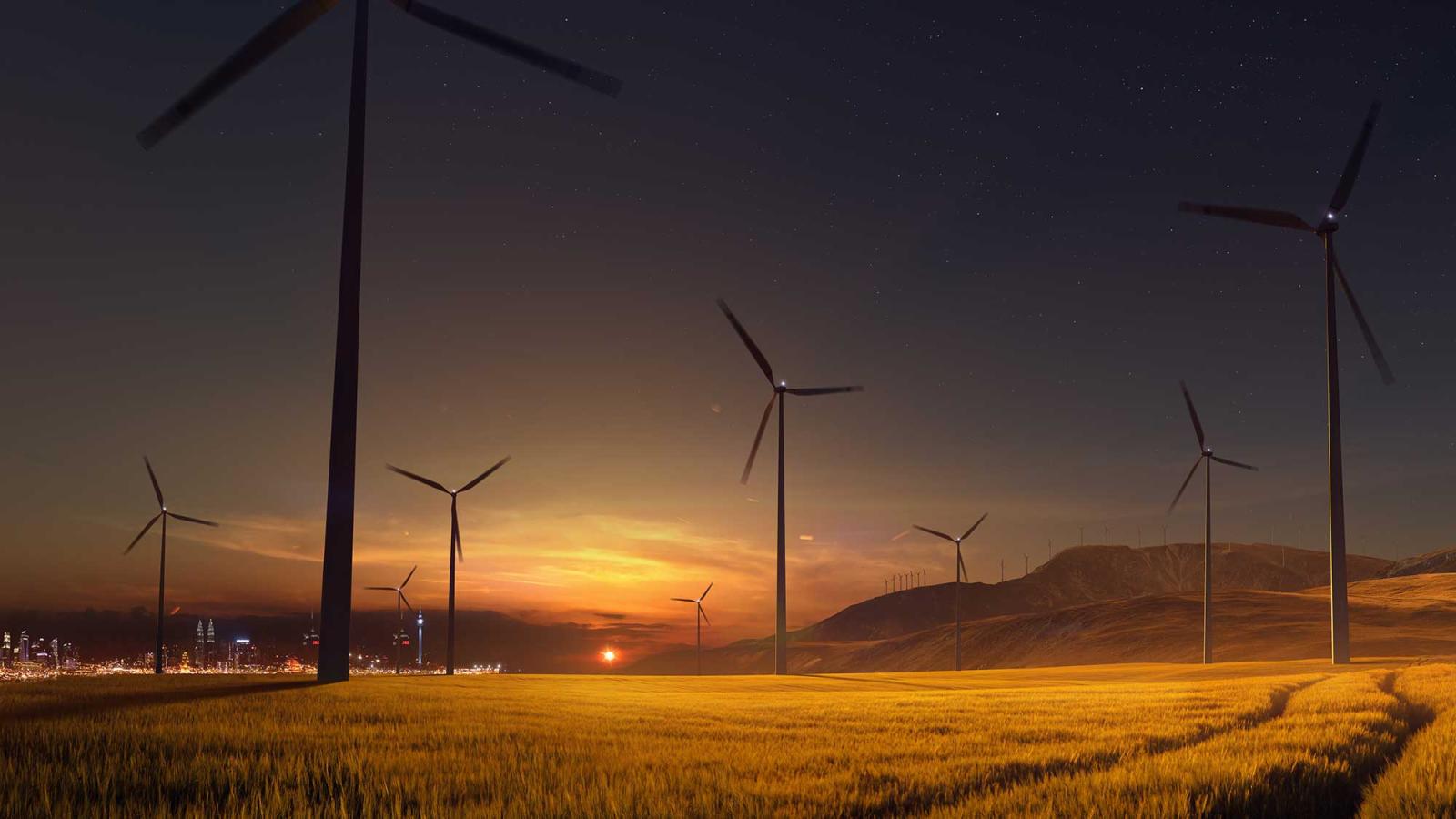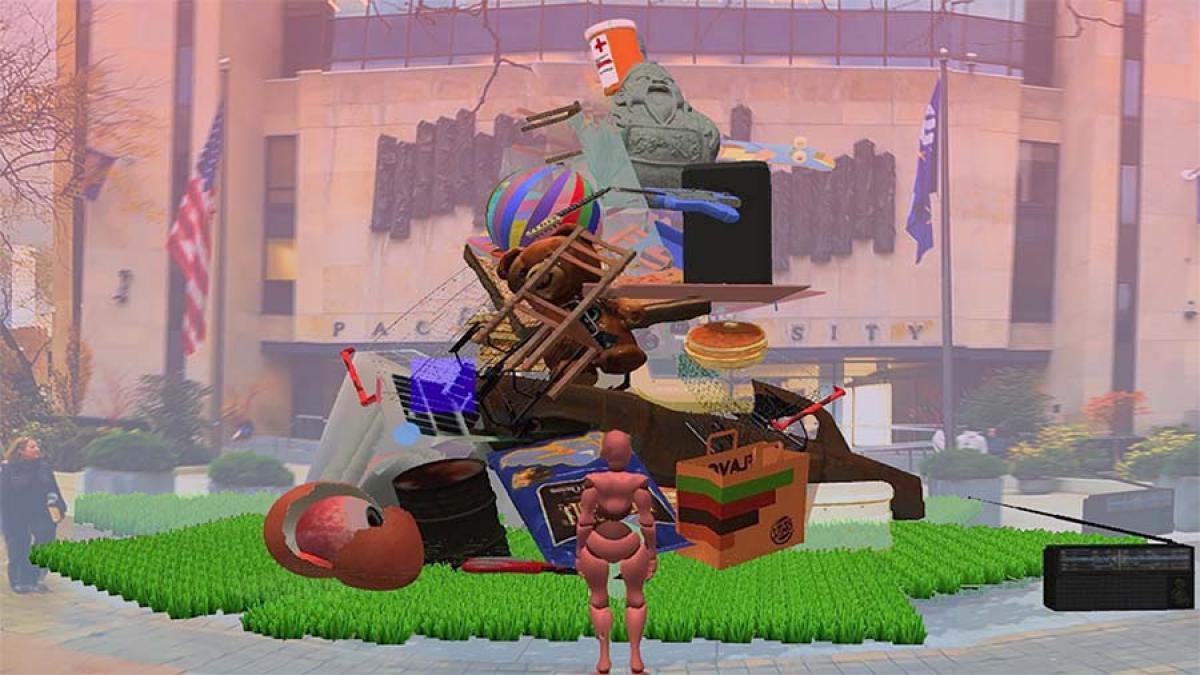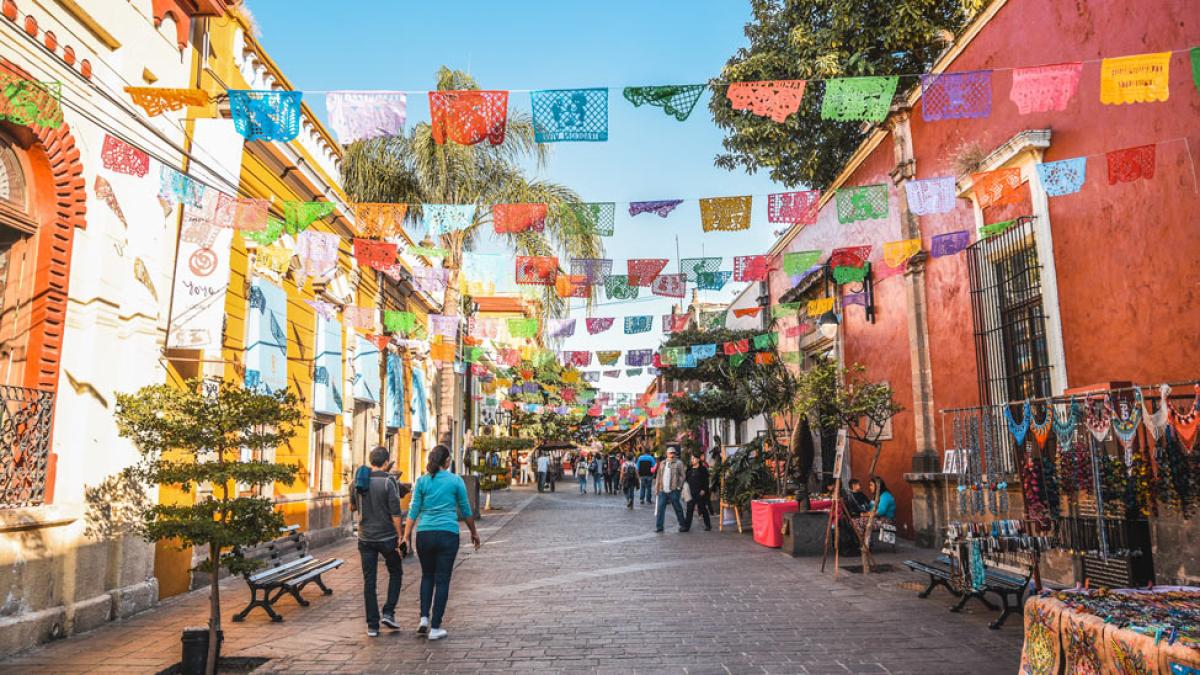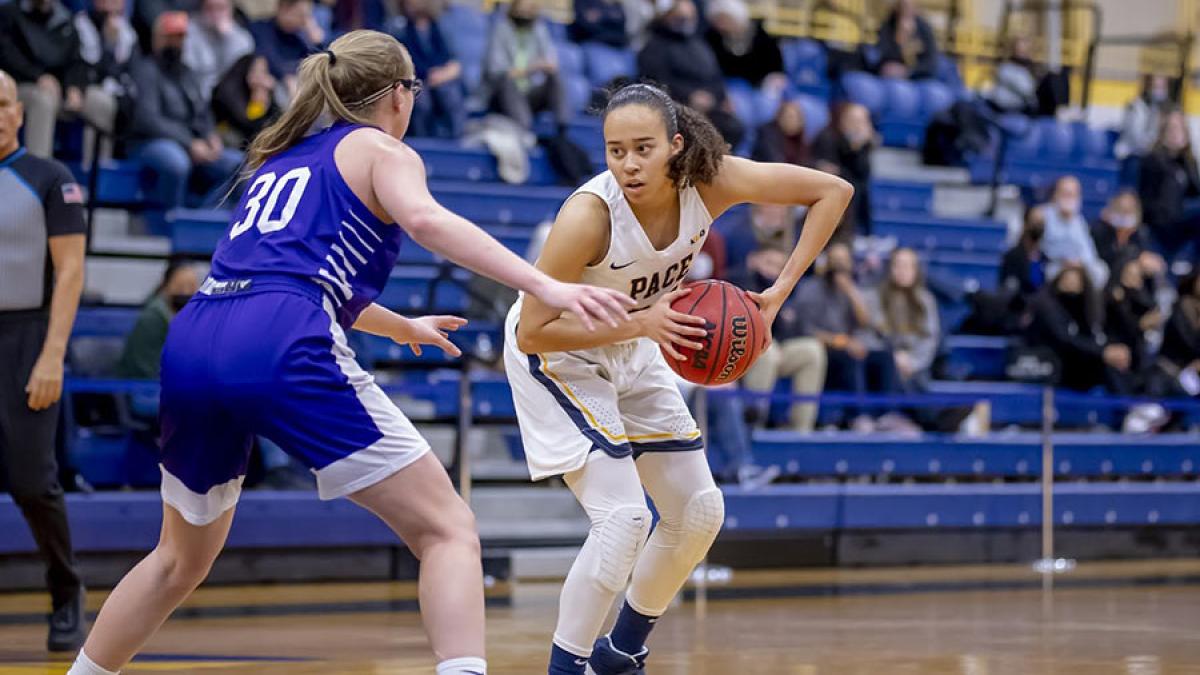Through Digital Trash, an augmented reality art exhibit, Professor Will Pappenheimer and his mobile media students are elucidating an often-unseen problem in a truly innovative way.
How to Power A City

“People don’t believe in their own ability to make changes. Or they look at something—let’s say solar energy in New York, or clean energy in New York and think ‘this is impossible.’ That idea, in and of itself, is probably the biggest obstacle. Because it is possible.”
These are the words of Dyson Assistant Professor of Media, Communications, and Visual Arts Melanie LaRosa. Over half a decade ago, LaRosa, who is also a documentary filmmaker, began to further explore clean energy transitions being done in New York City, primarily out of curiosity. As LaRosa recounts, “you would go to a farmer’s market and there’d be these tables set up, and they’d be like, ‘hey you want to switch to wind-power?’ I remember talking to some of the people at the tables and honestly, they couldn’t give great answers about how it worked. That’s documentary filmmaker catnip right there—if I’m interested, other people probably are too.”
Wanting to further explore how these processes worked in practice, LaRosa decided to find the closest wind farm to New York City. Her research took her to Atlantic City, New Jersey, home of the Atlantic County Utilities Authority (ACUA), a wastewater treatment center committed to 100 percent renewable energy. While LaRosa was impressed the initiative alone, she also noticed something that she didn’t quite expect from a wastewater treatment plant—that they offered tours.
“Let me say that again: They gave tours. This was a wastewater treatment facility,” says LaRosa. “Have you ever gone on a tour of a wastewater treatment facility?”
By this point, LaRosa began to sketch out the idea that eventually became her documentary film How to Power A City. While at ACUA, she discussed her intention of documenting the people and projects being conducted, and how they are helping to bring clean energy to the public in a sustainable way. With ACUA on board, she began further exploring related initiatives across the country.
Over the next several years, LaRosa followed diverse stories across the US and Puerto Rico—ranging from Las Vegas’ pledge to become the first large city in America to run on 100 percent renewable energy, to a Vermont utility company committed to being the first in the nation for clean energy integration, to energy transformation and resilience following the devastation of Hurricane Maria in Puerto Rico. All in all, LaRosa chronicled six locations, all of which faced different challenges to bringing clean energy to their region. Whether these challenges were bureaucratic, technological, or financial, each group remained committed to their ultimate goal.
“I think everybody started with a sense of their own ability to make some change happen.”
“I think everybody started with a sense of their own ability to make some change happen,” said LaRosa. “Every person in all those different cases or situations felt like they were able—and to me that’s what distinguishes them from people who say, ‘yea, climate change is terrible, we should get off fossil fuels, but we don’t know how.’ That was really the genesis of the film title, How to Power a City.”
LaRosa was recently named a 2022 Public Voices Fellow on the Climate Crisis. Awarded through the Yale Program on Climate Change Communication, the Fellowship recognizes individuals who have demonstrated “high-powered thought leadership in a variety of ways, including education, community organizing, public advocacy, and writing.” LaRosa, along with 19 other individuals are helping to bring new voices to this ever-important conversation.
“We’re a cohort of 20 people working on climate change. Some people are doctors, activists, or work in media. The idea is to bring new voices to discussions and public conversations about climate change. And to show unique perspectives. For me, the fellowship is a way to keep sharing what I saw on that journey without trying to bring it to the public as a lecture.”
After several years of filming, unintended delays caused in part by the COVID-19 pandemic, and a few short-film detours telling stories of individual projects (one of which, Solar Libre: Family Affair, won the Best Short Documentary Award at the Rincón International Film Festival in Puerto Rico), the feature film, How to Power a City, is nearly ready to be broadcast to the world.
LaRosa is excited to share the stories of resilient individuals, as well as their actionable solutions to the ever-complex problems posed by energy consumption. Her solutions-based journalism approach—a style of journalism that supports social change—is intended to be empowering and energizing to the audience; perhaps motivating viewers to join community solar initiatives, or simply believe that their actions can in fact make a positive impact.
“When it comes to bringing clean energy to where they live, a lot of people feel like maybe they don’t know how. These people we featured not only knew how, but they went there. Just the ability to believe in their own efficacy. That they could change something.”
To learn more about the clean energy initiatives featured and future screenings, visit the film’s website. You can also follow @HowToPowerACity on instagram or watch the film's trailer.
More from Pace
What is the price of a dream? Dyson Professor Kiku Huckle explores complex questions about belonging, identity, and immigration in her new thought-provoking documentary.
Both in the classroom and on the court, Naya Rivera ’22 has shown that the desire to change things for the better—and simply putting yourself out there—can truly go a long way.


